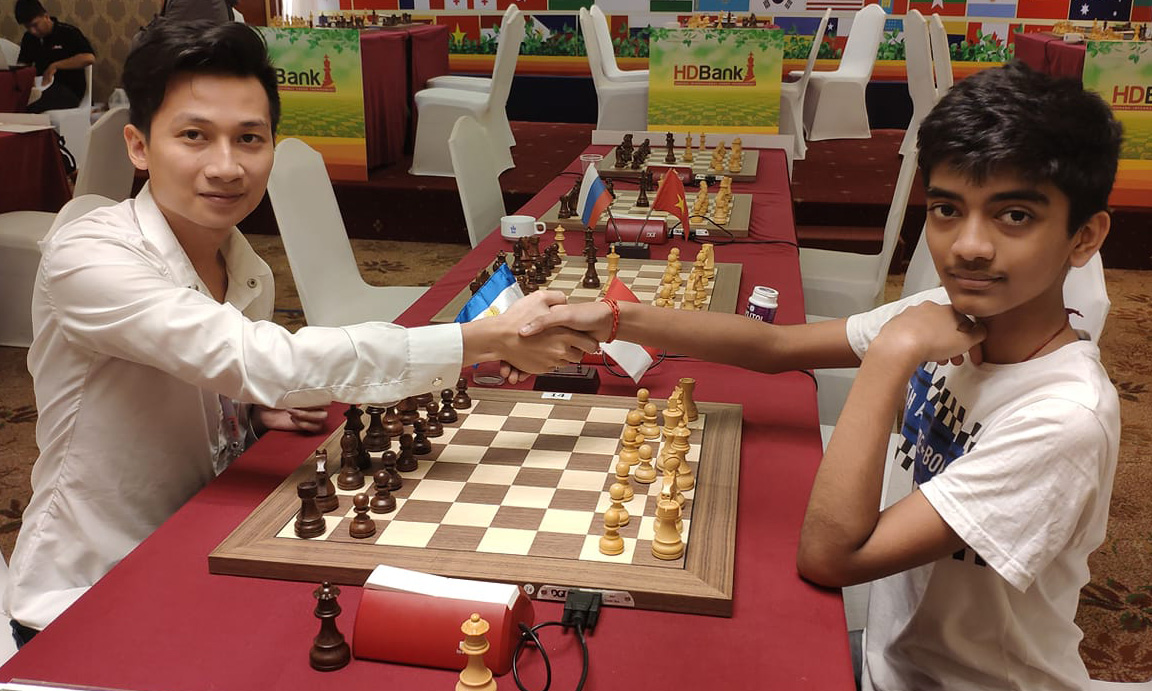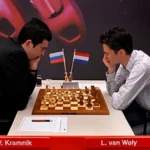For many years, chess engines worked in a very straightforward way: they calculated millions of moves per second and used human-made rules to judge positions. Engines like early Stockfish were extremely fast and very strong, but their “understanding” came from what programmers told them.
Then neural networks arrived — and everything changed.
From Handcrafted Rules to Learned Understanding
The big breakthrough happened when a new kind of engine learned chess by playing against itself instead of following human-made rules. This approach let the engine discover patterns and strategies on its own.
The most famous example was AlphaZero. It started with only the rules of chess, played millions of games against itself, and quickly became superhuman. It didn’t calculate as much as classical engines, but its moves looked more “human,” creative, and strategic.
This shocked the chess world and proved a new idea:
Maybe computers shouldn’t be programmed to “think like humans,” but instead learn the game directly.
Leela Chess Zero Brings the Revolution to Everyone
After AlphaZero, an open-source project called Leela Chess Zero (Lc0) tried to copy the same method. Thousands of volunteers trained its neural network using their own computers.
Lc0 soon became one of the strongest engines in the world.
Even though it calculated fewer positions per second than Stockfish, its deeper understanding made up for it.
This showed that neural network engines were not just a research experiment — they worked in real life.
Stockfish + Neural Network = A New Era (NNUE)
The next step was combining both worlds.
Developers created a small, efficient neural network called NNUE that Stockfish could use. Instead of replacing Stockfish’s powerful search, NNUE replaced the old “handcrafted evaluation.”
This hybrid design became a game-changer:
- Stockfish kept its incredible speed.
- NNUE gave it a much better sense of long-term strategy.
- The engine immediately jumped in strength.
Today, almost every top engine uses some form of neural network evaluation.
Why Neural Nets Play Differently
Neural-network engines often prefer ideas that older engines ignored, such as:
- long-term pressure
- slow improving moves
- sacrifices for long-lasting compensation
- unusual attacking patterns
They can “feel” the position more holistically instead of needing to calculate everything to the end.
This new style helped humans, too. Players now use neural engines to explore creative openings and strategic plans that classical engines didn’t appreciate.
How Chess Preparation Changed
Neural networks changed many parts of the chess world:
- Opening prep now includes ideas that come from deep patterns, not just brute-force tactics.
- Coaches use neural nets to explain long-term plans to students.
- Correspondence players rely heavily on neural evaluations.
- Engine tournaments often feature pure neural engines vs. hybrid engines.
Engines are not just stronger — they’re more useful for humans.
Limitations Still Exist
Neural networks are powerful, but not perfect:
- They require a lot of training.
- They need strong hardware (especially GPUs).
- Their “thinking process” is harder to explain.
- They can sometimes misjudge quiet positions or rare structures.
Still, the benefits far outweigh the drawbacks.
FAQ: Neural Networks & Modern Chess Engines
1. What is a neural network in chess engines?
It’s a machine-learning model that “learns” how to evaluate chess positions by studying millions of examples. Instead of following human-written rules, it builds its own understanding of what makes a move good or bad.
2. How are neural engines different from old-style engines like classic Stockfish?
- Old engines: rely on extremely fast calculation and human-made evaluation rules.
- Neural engines: rely on learned patterns and long-term strategic understanding.
They don’t need to calculate as deeply to see certain ideas.
3. Why was AlphaZero such a big deal?
Because it learned chess from scratch and still became superhuman. It didn’t use human-made rules. That result proved that learning-based engines could be stronger and more creative than traditional ones.
4. What is Lc0? Is it a copy of AlphaZero?
Lc0 is inspired by AlphaZero but is not a direct copy.
It uses the same core ideas — neural networks, self-play, and smart search — but it is open-source and trained by the community.
5. What is NNUE in Stockfish?
NNUE is a small, efficient neural network designed to run fast on regular CPUs. When added to Stockfish, it replaced the old evaluation system and made the engine much stronger without slowing it down.
6. Are neural engines stronger than Stockfish?
Not always.
- Lc0 understands long-term strategy extremely well.
- Stockfish + NNUE has both speed and deep understanding.
In practice, hybrid engines like modern Stockfish are usually the strongest.
7. How do neural networks help human players?
They provide:
- clearer long-term plans
- creative and surprising ideas
- better opening discoveries
- analysis that feels more “human-like”
Neural engines often explain positions in ways that are easier for players to learn from.
8. Do neural engines require a GPU?
- Lc0: runs best on a GPU.
- Stockfish NNUE: runs very well on any normal CPU.
So you don’t need special hardware unless you want to use pure neural engines.
9. What are the downsides of neural networks?
- They require heavy training.
- Their “thinking” is hard to explain.
- Sometimes they misjudge rare or unusual positions.
- Without a GPU, pure neural engines can be slow.
10. What does the future of chess engines look like?
The current trend is clear:
More hybrid designs, combining fast search with neural evaluation.
This approach gives the strongest and most practical engines for everyday players.

I’m Xuan Binh, the founder of Attacking Chess, and the Deputy Head of Communications at the Vietnam Chess Federation (VCF). My chess.com and lichess rating is above 2300. Send me a challenge or message via Lichess. Follow me on Twitter (X) or Facebook.





